In this edition of Forces of Fame, I’m getting back to my roots with a whacking great tank! This time, rather than a German big cat or Soviet beast-hunter, we’re keeping it British with the mighty and iconic Centurion Mk III – perfect for games of Bolt Action: Korea or the weird war of Konflikt ’47 (albeit profiled as a Mk II).
With a design history stemming from a 1943 specification for a ‘heavy cruiser’ tank that could withstand a hit from the feared German 88mm gun, the vehicle that would become the Centurion went through a number of significant revisions before production began. What emerged to enter service in 1946 was arguably the first ‘modern’ main battle tank, and began a distinguished legacy of British tank designs that continues to this day with the Challenger II. Possessing thick, heavily-sloped armour, powered by the proven and reliable Rolls-Royce Meteor engine (as used in the Cromwell and later Comet), and initially armed with the famed 17-pdr or 77mm gun with a co-axial 20mm Polsten autocannon (in the limited production run of Mk I and Mk II tanks), the Centurion represented a quantum leap in capability over its predecessors.
While undoubtedly an excellent vehicle, it was the development of the 20-pdr gun (more formally the Ordnance QF 20 Pounder) that really allowed the Centurion to come into its own. First added to the Mk III, along with a gun stabiliser, it so radically improved combat performance that the Mk Is and IIs were quickly recalled and refitted to Mk III standard. It is in this configuration in which the Centurion saw service in Korea, and is the version we’ve gone with for our model. No British force should be without one, and as we’ll soon see, it was a bit of a beast in action!
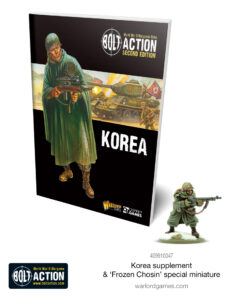
The Korean War represented the combat debut of the Centurion, with the first examples seeing limited action during the UN’s withdrawal south in the face of numerous Chinese offences in 1950-1951. During the bitter winter conditions of that period, the crews found the tanks to be reliable, but requiring of special maintenance to prevent them from suffering significant damage or simply freezing to the ground overnight! Ironically, the first ‘kill’ scored by a Centurion was not a Communist T-34/85, but rather a Cromwell, its ancestor, that had previously been captured by the Chinese. The engagement, reportedly at 3,000 yards, demonstrated the total superiority enjoyed by the Centurion over the previous generation of tanks.
At the Battle of the Imjin River in April 1951, C Squadron of the 8th King’s Royal Irish Hussars used their Centurions to great effect against the massive Chinese counterattack, forming an essential part of the force that helped to evacuate the UN 29th Brigade and earning lasting fame, making repeated attacks to rescue infantrymen who had been cut off by the enemy. Richard Napier, who commanded a Centurion during the engagement, recounted that “After about three hours of continuous firing, my machine gun barrels needed changing; my recoil system was so hot that it wouldn’t run back and my loader/operator Ken Hall, had fainted with the continual hard work and fumes.” During the retreat, the tanks were constantly ambushed at close range, and resorted to ‘hosing each other down’ with their machine guns to dislodge enemy infantry who tried to pry hatches open and disable the running gear.
The excellent mobility and cross-country performance of the Centurion proved invaluable in the tough, hilly terrain and waterlogged rice paddies of Korea. This was praised by US General John O’Daniel, who stated “…anywhere a tank can go, is tank country: even the tops of mountains.“ The 20-pdr was shown to be a supremely accurate gun, and during 1952-53 Centurions were heavily used in dug-in positions on hilltops and ridgelines, providing both offensive and defensive direct fire support against enemy positions, to great effect. In some of the final engagements of the war around the terrain feature known as ‘The Hook’ (a crescent-shaped ridge near the Samichon River, the site of several battles), the Centurions gave great service in this role, as the Communist forces surged forwards, hoping to gain more favourable peace terms in the ongoing negotiations.
The Centurion would soldier on after Korea in frontline British service until the introduction of the Chieftain in the late 1960s, but many specialist variants remained in service decades later. It was also incredibly successful on the export market, seeing significant service in NATO, Commonwealth, and Middle Eastern armies. The majority of these used the later L7 105mm gun (widely regarded as one of the finest tank guns ever made), but the basic design remained that which had been conceived in the chaos of the Second World War. Heavily-upgraded and modified versions, known as Olifant (Elephant) even remain in service with the South African Army to this day!
In games of Bolt Action: Korea, the Centurion is one of the most powerful tanks available to UN commanders. With a monstrous super-heavy anti-tank gun and co-axial heavy machine gun, it’s capable of devastating infantry and armoured vehicles with ease, all while protected by a 10+ Damage Value. The only downside is that for 385 points at Regular, you’ll likely be outnumbered by T-34/85s – not that that seemed to bother the real tankers in Korea. In the alternate history of Konflikt ’47, the British have access to a hypothetical Mk II, differing only by 10 points, and mounting a pair of medium machine guns instead of the co-axial HMG – perfect for blasting undead horrors and armoured walkers alike!
Crews, to your vehicles. The future is here – and it’s got a 20-pounder!
Other articles in the Forces of Fame Series:
Bolt Action – The Tiger I; Princess Elizabeth (Jubilee Special); Japanese Special Naval Landing Force; M18 Hellcat;
Blood Red Skies – Messerschmitt Bf 110; Ki-43 II ‘Oscar’; Grumman F9F Panther;
Victory at Sea – The Bismarck; Fletcher-Class Destroyers; Kongō;
Pike & Shotte – Cuirassiers;
Black Powder (& Epic Battles) – The Iron Brigade; 95th Rifles;
Black Seas – HMS Victory;
Hail Caesar / SPQR – Dacian Falxmen; Hoplites;
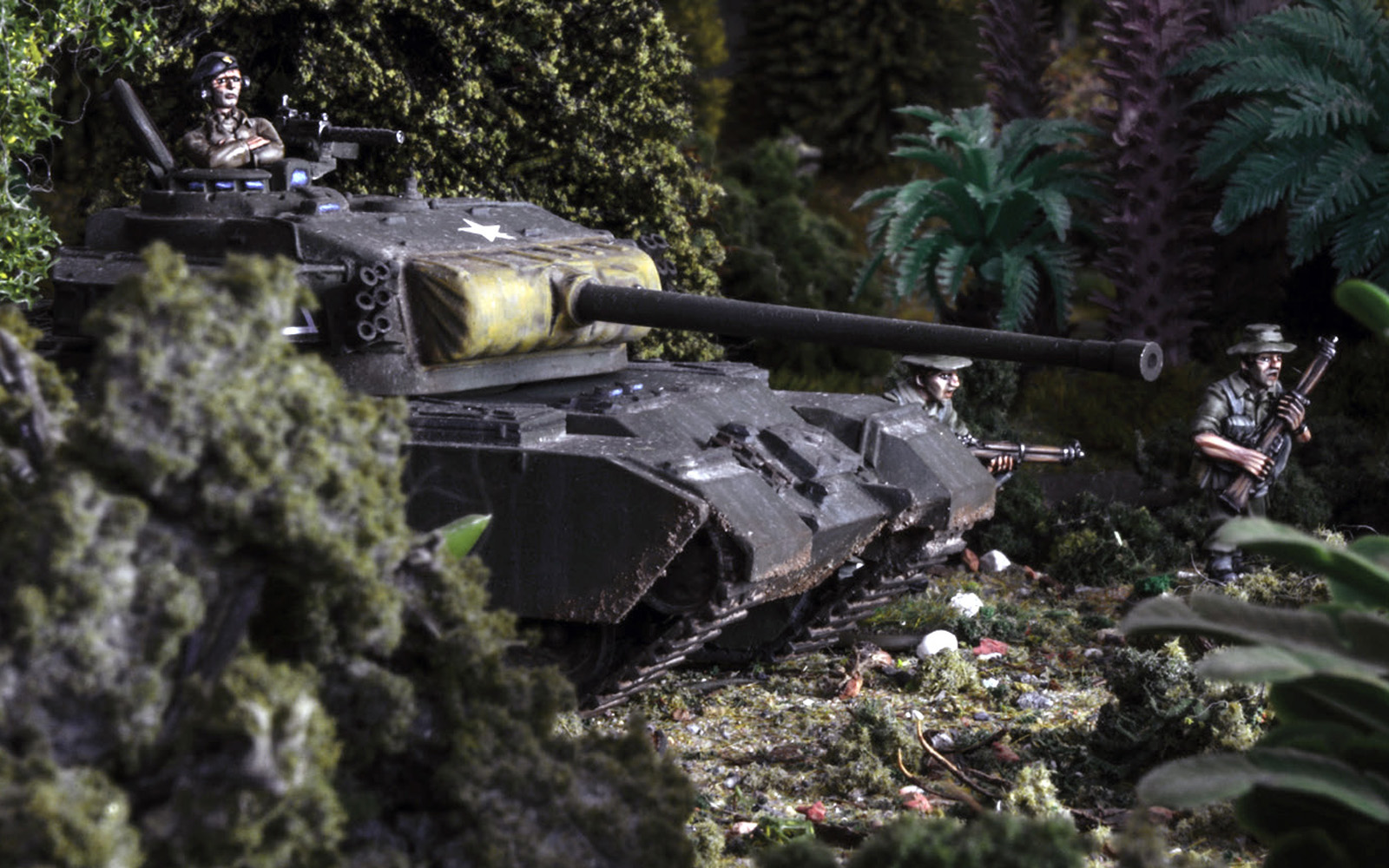
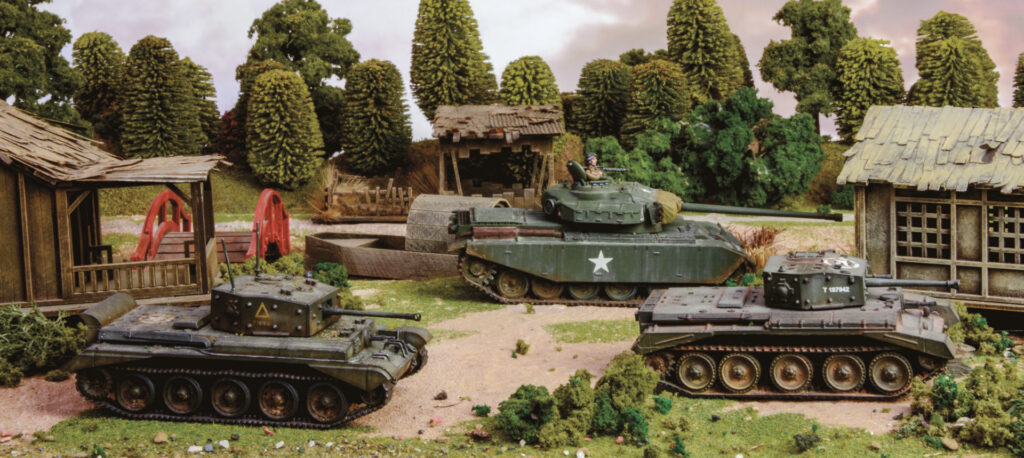

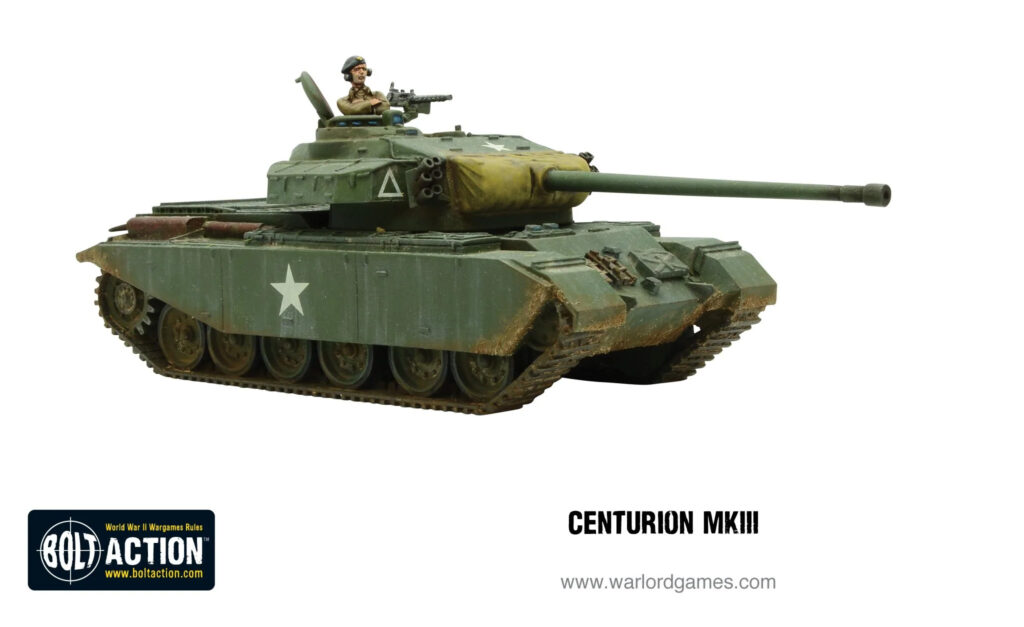
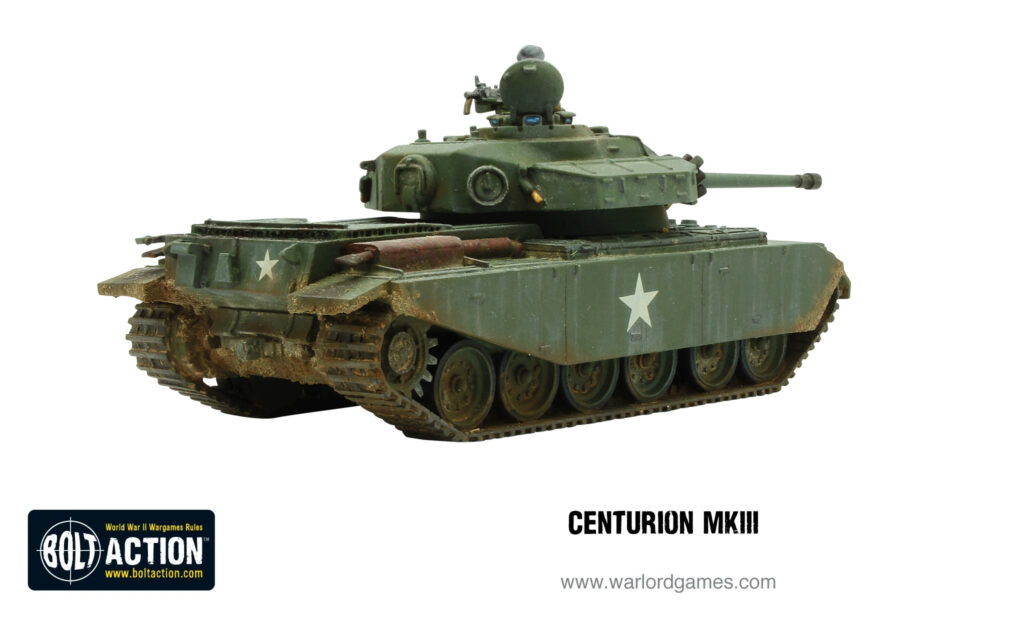
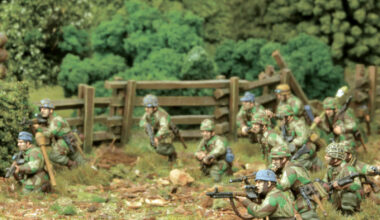
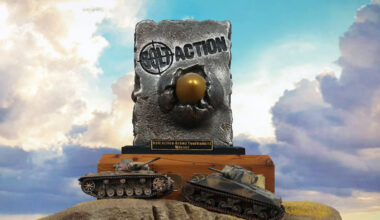
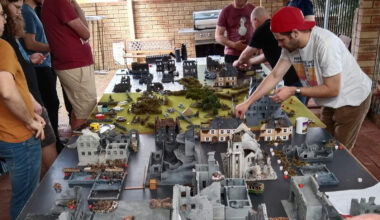
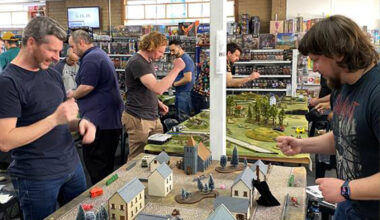
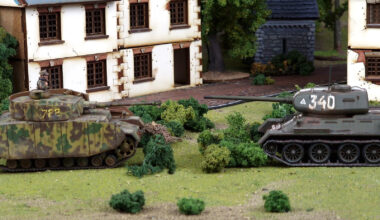
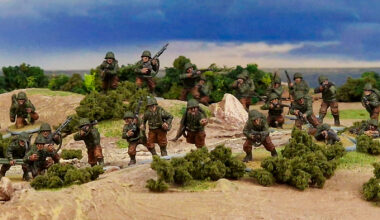
1 comment
In 1950 a Centurion Tank was shipped from the UK to Australia for atomic weapon testing, following the nuclear blast, the only things that needed repair or replacing on the tank, was the glass driver and commander optics, replacement track guards, which had been ripped off with the high winds, along with the wireless antennas. The fuel tanks also needed refueling as the engine had been left switched on and had just run out of fuel. Following a self drive off the test area to a decontamination area, the tank was brought back into Service with the Australians and was later deployed to Vietnam, following which was brought back to Australia, where I believe it still survives today as a Unit gate Garden. The Centurion is an amazing tank.
Comments are closed.